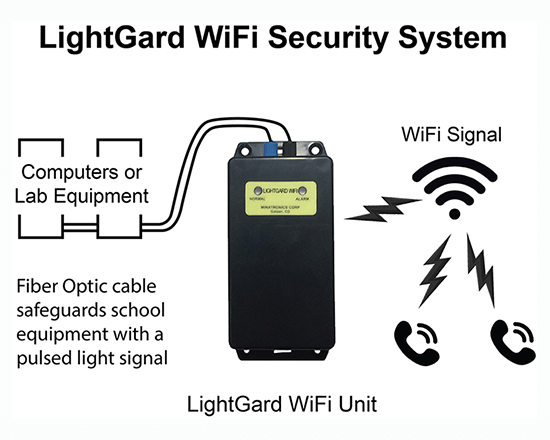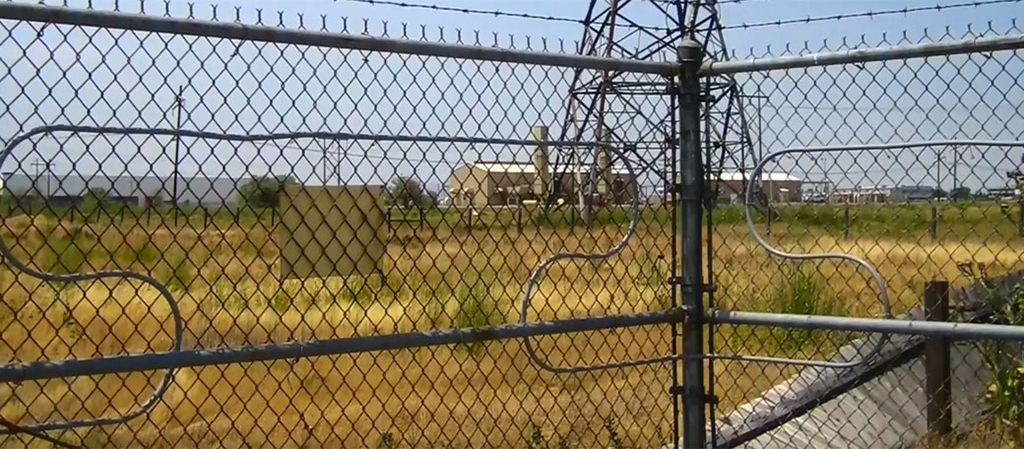How to Set Up a Fiber Optics Infrastructure for Security Installations in Your Building
Why Fiber Optic Security Equipments Are the Future of Security
The transition to fiber optic security systems marks a substantial development in the world of security, driven by their exceptional information transmission abilities and resilience to external interferences. These systems not only assist in faster and much more trusted interaction but likewise present a cost-efficient solution with lowered upkeep demands. As the landscape of safety and security advances together with arising technologies such as AI and IoT, the possibility for optical fiber to improve and redefine safety infrastructures becomes increasingly evident. Nevertheless, the implications of these improvements elevate vital concerns about the future of protection procedures and their efficiency in an ever-changing setting.
Benefits of Fiber Optic Equipments
One of the primary advantages of fiber optic systems is their superior data transfer capacity, which assists in the transmission of huge volumes of information over lengthy ranges without considerable loss. This characteristic is especially helpful for protection applications that require the continuous monitoring and transfer of high-definition video feeds, sensor data, and various other vital info. Optical fiber can suit the expanding demands of modern safety and security systems, making sure that information remains undamaged and trusted.
Additionally, fiber optic wires are much less vulnerable to electromagnetic disturbance, which can be a significant problem in environments with numerous digital gadgets. This resistance boosts the integrity of the information being transferred, thereby lessening the danger of data breaches or system failings. Fiber optic systems are inherently much more protected than standard copper wires, as tapping right into a fiber optic line without detection is exceptionally tough.
The toughness of fiber optic cable televisions also contributes to their charm. They are immune to ecological variables such as moisture and temperature fluctuations, minimizing maintenance costs and raising system durability. In general, these benefits placement fiber optic systems as a robust and efficient selection for modern-day safety and security frameworks, guaranteeing trusted and safe and secure information transmission.
Enhanced Data Transmission Speed

The capacity to transmit huge quantities of information rapidly helps with the smooth combination of high-definition video clip feeds and progressed analytics. Safety systems can currently refine and evaluate info in real-time, enhancing response times and situational understanding. Furthermore, fiber optic links sustain longer transmission ranges without destruction of signal high quality, making them excellent for large security networks.
The boosted rate of fiber optic systems not only improves the performance of safety and security operations yet additionally reduces latency. This is especially vital in important circumstances where timely decision-making can avoid safety breaches or minimize possible dangers. As organizations remain to focus on security and effectiveness, the demand for fast and reliable information transmission will unquestionably solidify fiber optic systems as a cornerstone of modern safety framework.
Resistance to Interference
Fiber optic protection systems constantly show extraordinary resistance to electro-magnetic disturbance, a vital benefit in settings vulnerable to digital noise. Unlike standard copper wires, which can a fantastic read be negatively affected by magnetic fields, superhigh frequency disturbance, and various other types of electrical disruption, fiber optic cords use light to transfer data. This integral building makes sure that the signals continue to be clear and unchanged, no matter surrounding digital task.
Using glass or plastic fibers in fiber optic innovation produces a barrier versus disturbance, enabling for dependable information transmission also in challenging situations such as commercial centers, city locations with high electronic traffic, or locations near radio towers. This characteristic dramatically minimizes the chance of signal degradation or loss, making fiber optic systems particularly ideal for safety applications where stability and accuracy of information are vital.
Furthermore, this resistance to disturbance enhances the total efficiency and reliability of safety systems, guaranteeing that surveillance and sharp systems operate perfectly. In a globe where safety and security is progressively intimidated by innovative technologies, the resilience of fiber optic systems sticks out as an essential function, enhancing their status as an essential component of modern safety and security framework.
Cost-Effectiveness Over Time
Significant cost financial savings can be achieved over time with the implementation of fiber optic safety systems. While the initial financial investment might appear greater compared to conventional copper-based systems, the lasting financial advantages end up being apparent through decreased operational and upkeep expenses (fiber security). Fiber optic wires are inherently a lot more long lasting and less vulnerable to ecological aspects, which converts to reduce replacement and repair expenses over their life-span
In addition, fiber optic systems need less power to operate, which further lowers power costs. Enhanced information transmission capacities permit less repeaters and amplifiers, minimizing equipment financial investment and enhancing setup processes. The scalability of these systems also contributes to cost-effectiveness, as companies can expand their security framework without sustaining substantial extra expenses.
Another variable to think about is the boosted effectiveness in surveillance and response abilities that optical fiber give. Improved real-time data transmission can cause quicker case response times, potentially mitigating losses and responsibilities linked official website with safety and security violations. Altogether, the long-lasting benefits of fiber optic safety systems not just validate the first expense yet also place them as a financially sensible selection for companies seeking robust defense remedies.

Future Technologies in Protection
Advancing modern technologies are set to transform safety systems, integrating expert system (AI) and machine learning to improve risk discovery and feedback capacities. These technologies will permit safety and security systems to evaluate huge amounts of information in real-time, recognizing patterns and anomalies that indicate possible risks. This aggressive approach will enable much faster decision-making and more effective incident reactions.
Furthermore, the consolidation of the Web of Points (IoT) is leading the way for interconnected safety gadgets, providing detailed security and tracking. Smart sensors can relay information about ecological changes, while automated signals can notify protection workers quickly of questionable activities.
In addition, the evolution of biometric technologies will better reinforce security devices. Facial Visit Website recognition, fingerprint scanning, and retina identification are becoming much more innovative, supplying layers of authentication that are hard to bypass.
Conclusion
In verdict, fiber optic safety systems stand for a substantial innovation in security innovation, providing unequaled information transmission speed, resistance to electro-magnetic disturbance, and long-term cost-effectiveness. As the need for sophisticated safety services remains to grow, the combination of fiber optics with emerging modern technologies such as AI, IoT, and biometrics will additionally boost safety and security frameworks (fiber security). The mix of these developments will certainly guarantee an extra protected and responsive environment, solidifying fiber optics as a foundation of future security systems